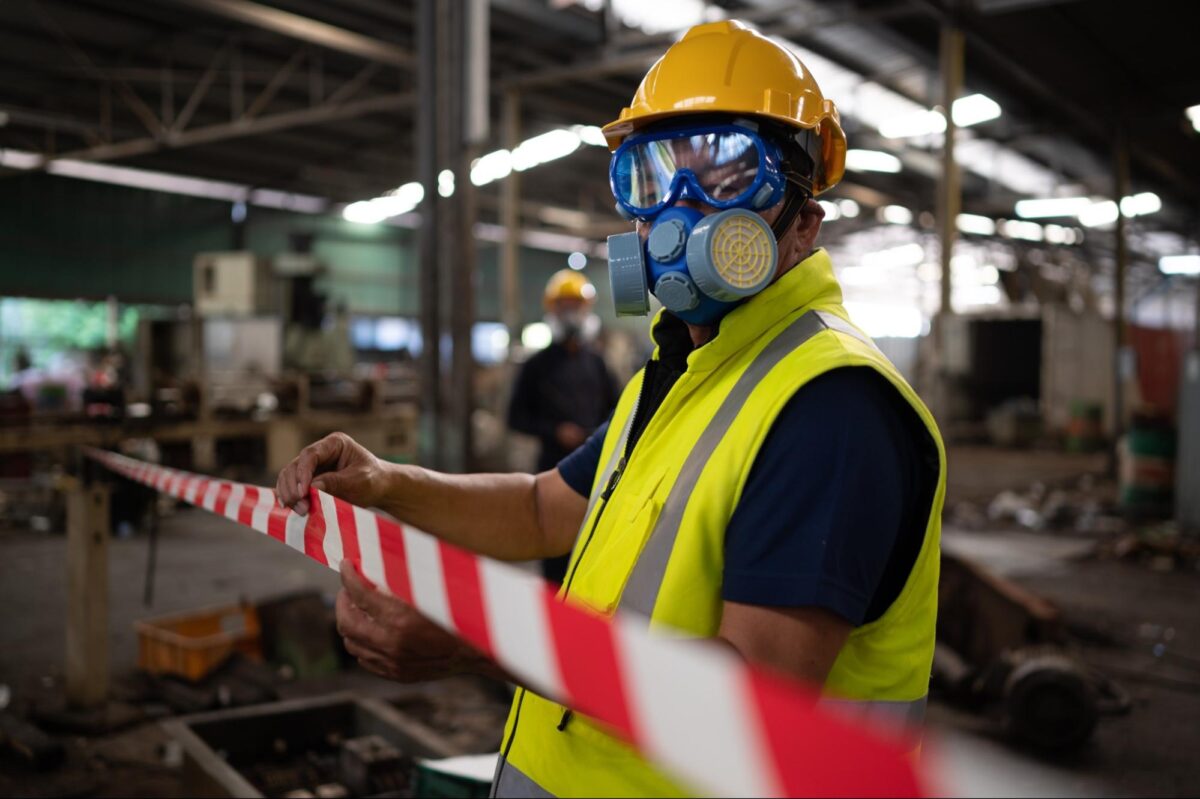Risk assessment plays a critical role in ensuring workplace safety and preventing accidents or incidents that can have detrimental effects on employees, operations, and the environment.
This article will delve into the definition of risk assessment and explore its various examples and applications in different industries
Risk assessment is a systematic process that involves identifying potential hazards, evaluating the associated risks, and implementing appropriate control measures to minimize or eliminate those risks. It gives organizations valuable insights to prioritize safety efforts, allocate resources effectively, and ensure compliance with regulatory standards.
4 General Examples of Risk Assessment
1. Hazard Identification and Evaluation
Safety engineers and frontline workers conduct risk assessments to identify and evaluate potential hazards within their work environments.
This includes analyzing equipment, processes, and procedures to identify potential risks, such as chemical exposure, ergonomic hazards, or machinery malfunctions.
2. Job Safety Analysis (JSA)
A JSA involves breaking down a specific task into individual steps and assessing the risks associated with each step. By systematically examining the sequence of actions, potential hazards can be identified, and appropriate preventive measures can be implemented.
3. Environmental Risk Assessment
Industries that deal with hazardous substances, waste management, or operate in sensitive ecosystems conduct environmental risk assessments.

These assessments evaluate potential environmental impacts and develop strategies to prevent pollution, minimize ecological damage, and ensure sustainable practices.
4. Security Risk Assessment
Risk assessments are also crucial in evaluating security threats and vulnerabilities within an organization. Appropriate security measures can be implemented to protect employees, assets, and sensitive information by assessing potential risks related to theft, sabotage, or unauthorized access.
Applications of Risk Assessment

1. Worksite Safety
Risk assessments form the foundation of a robust safety program. By identifying and mitigating workplace hazards, organizations can create a safer work environment for their employees, reducing the likelihood of accidents, injuries, or illnesses.
2. Compliance and Legal Requirements
Risk assessments help organizations ensure compliance with regulatory standards and legal requirements. By identifying and addressing potential risks, companies can demonstrate their commitment to safety, avoid penalties, and maintain a positive reputation.
3. Decision-making and Resource Allocation
Risk assessments provide valuable information for decision-making processes. Organizations can prioritize safety efforts and allocate resources effectively by understanding the risks associated with different tasks, processes, or projects.
4. Continuous Improvement:
Risk assessments are not one-time activities but ongoing processes. By regularly reviewing and updating risk assessments, organizations can identify new hazards, evaluate the effectiveness of control measures, and continuously improve safety performance.
About FAT FINGER
Ensure front-line teams do their work correctly every time. Drag & drop digital procedures that unlock operational excellence.
In seconds anyone can build and deploy enterprise-grade mobile applications using an easy drag-and-drop no-code builder.
FAT FINGER uses machine learning to coach app users in real-time to make safer and improved decisions.
Try building your digital procedure on FAT FINGER for free @ www.fatfinger.io



